In this guide, NFT sellers will find tips to help market their collections on social media, and brands will discover tips on how to use NFTs to raise brand awareness and engage social media followers.
What are NFTs?
NFTs, or non-fungible tokens, are one-of-a-kind digital collector’s items that are “minted” by blockchain technology.
Find out how to market your NFTs on social media, with tips, examples, and stories from NFT brands and marketers in the sections below.
Bookmark this page so you can refer back anytime!
How To Market NFTs On Social Media
For NFT Marketers:
- What Is A Non-Fungible Token (NFT)?
- How NFT Social Media Marketing Differs
- 15 Tips For Marketing Your NFTs on Social Media
For Brands:
What Is A Non-Fungible Token (NFT)?
A non-fungible token is a digital collector’s item, such as an original piece of artwork, music, or internet meme, that can only be purchased with cryptocurrency.
NFT’s are non-fungible tokens (digital crypto assets). Each token is unique and can be used to authenticate ownership of original digital property such as works of art and recordings.
For example, Rarible is a popular NFT marketplace where people go to buy and sell NFTs.
Rarible is an Ethereum-based platform, so buyers must use a cryptocurrency wallet to make purchases. You can open a crypto wallet online at sites such as Coinbase or Metamask.
Crypto wallet? What? Imagine you’re traveling to another country and exchanging dollars for a different currency. Buying cryptocurrency is similar, except that its value changes more frequently — similar to the way stock prices change.
On Rarible, you can browse endless NFTs for sale, including original artwork, video, music, and photography.
Purchasing an NFT doesn’t entitle you to anything other than ownership of the collectible, but buyers are allowed to resell them at any price.
And wow, some of those prices might shock you.
For example, digital artist Beeple put a piece of his NFT artwork, titled “Everydays: The First 5,000 Days” up for auction at Christies.
Until the auction, Beeple had never sold a print for more than $100.
The “First 5,000 Days” NFT sold for $69 million dollars at auction, and earned him a position as one of the “top three most valuable living artists” of today.
Teens are making millions selling NFTs, and mainstream consumers are beginning to take notice of the shocking headlines that boast about sky-high earnings.
Since NFT’s are rooted in the crypto industry, the typical consumer base is extremely niche.
Marketers tasked with the job of promoting NFT’s might be at a loss as to how to get their content shared and make conversions happen, since the NFT crowd responds a bit differently than most.
Brands, on the other hand, see the viral popularity of NFTs and wonder “how can we use this technology to our advantage?”
We’ve got you covered.
In the tips below, you’ll find ideas on how to market your NFT collections using standard social marketing practices that are slightly refocused for the NFT crowd.
How NFT Social Media Marketing Differs
Marketing your NFTs on social media is similar to marketing any product or service.
For any brand to succeed on social media, you need to build a target audience, engage followers, and convert followers to paying customers. Different types of content are used for different stages of the marketing process, and developing a social media strategy in advance will improve your chances of success.
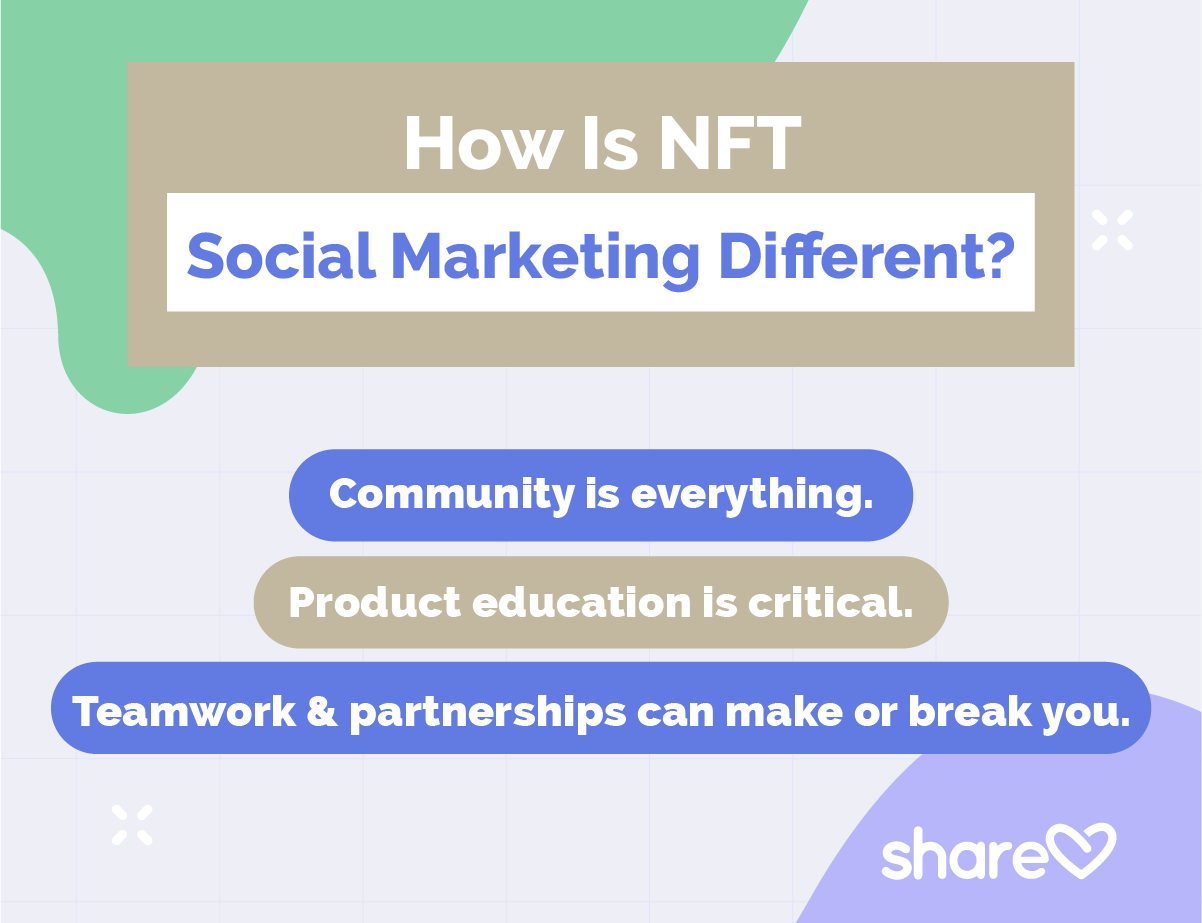
When you’re marketing NFTs, though, the following three steps are vital to your success:
#1 — Community: When marketing NFTs, building relationships within the NFT community is the #1 best way to market your projects.
NFT sellers can tap into NFT communities across all social media outlets by joining groups and private forums.
NFT groups may share anything from new product releases to marketing tips or general discussion.
Joining social media forums will help you connect with and better understand your audience.
For example, NFT Community on Facebook has more than 60,000 members. The group is Facebook’s largest NFT community for artists, collectors, and sellers, and allows members to promote their NFTs within the group.
Metaverse & NFT News & Media Network, a group of more than 30,000 members on LinkedIn, serves as an incubator for talent, developments, and connections within the NFT community.
Joining social-media based NFT groups or forums can help you tap into your target audience and keep up with the latest marketing techniques and industry news.
#2 — Education: If you hope to sell NFTs to a wide audience, then educating consumers is key to your success.
Most people don’t understand what NFTs are or how they work, yet many are interested in learning more.
Additionally, many experts predict that NFTs are THE way of the future for all creative and unique works, and if that’s true then the demand for consumer education will go up considerably.
To market NFTs successfully, consumer education should be top-of-your list when it comes to social media content.
Save the guides and long-form content for your website, though. In-depth reports like this are important to establishing your brand as an expert, however, you need other types of educational content for social media.
Instagram and TikTok are excellent platforms for educational NFT content.
For example, @NFT educates viewers on TikTok and Instagram with videos that connect them to niche audiences.
In the example below, @nft educates photographers on Instagram to let them know why NFTs are an excellent opportunity for their careers.
On TikTok, the same company (@nft) publishes quick and simple educational videos with text overlays and musical backgrounds.
Since most people are unclear on what NFTs are and how to buy or sell them, education is critical if you hope to sell NFT products to the general public. Use social media to publish short video tips and how-to’s for NFT beginners.
#3 — Teamwork & Partnerships
A good team and creative partnerships help any brand succeed, but when it comes to marketing NFTs, teamwork is even more important.
In addition to your brand team, you’ll need to create partnerships with other companies and influencers to expand your brand reach and build excitement surrounding your projects.
Fortunately, remote collaboration is easier than ever with social media tools such as Instagram’s new Collabs tool that allows you to co-publish content with anyone, and TikTok’s branded content options for influencers.
However, the collaboration between you and your team members (marketers, artists, writers, developers, photographers) requires many more tools and features.
To successfully collaborate with your own team, especially if you have people working remotely, you need software that allows you to:
- Develop content together
- Request approvals and feedback
- Assign and track tasks to team members
- Build a visual content calendar
- Access, view, and share social media analytics
- View and reply to social media comments
- Chat in real-time or leave messages for each other
With Sharelov, your team can do it all — and more. You’ll also find tools that make social marketing easier and more effective, such as:
- Hashtag finder
- Best times to post suggestions
- Automatic publishing (schedule posts in advance)
- Monitor your competitors, industry influencers, brand mentions, and social media advertising
Give Sharelov a try today, so your team can work better, together, regardless of what time zones they’re working from!
15 Tips For Marketing Your NFTs on Social Media
In this section, you discover 15 tips for marketing your NFTs on Social media. Find out how to build an audience, engage with your followers, and convert viewers to paying customers with the tips below.
Build A Targeted Social Media Audience
If you’re marketing NFTs, you probably already know that your primary audience is a highly-targeted niche group of people.
Many projects are marketed through grass-roots campaigns and growth-hacking, rather than advertising.
In this section, you’ll find tips to help you build a wide audience of NFT enthusiasts AND NFT newcomers.
#1 – Get Going On Twitter
Twitter is THE platform for NFT discussions and promotions.
While other platforms such as Instagram, LinkedIn, Facebook, and TikTok can enhance your marketing efforts, Twitter is not optional.
“Every NFT project has a Twitter account. The number of followers of that Twitter account usually directly correlates to the amount of hype surrounding it.” – AdTechExplained
On Twitter, NFT creators and sellers frequently share upcoming and new projects. For example, @coryvanlew shares an image of and short story about a painting about to go on auction in the tweet below.
Enthusiasts connect with each other for more than marketing and promotions, though. Many join in on casual, lighthearted discussions, and enjoy the connection of a shared interest.
Use Twitter to connect with the NFT community and connect with fellow sellers, creators, and marketers.
#2 – Partner With Influencers
Influencers are the unicorns of NFT marketing because the right ones can help you build an audience quickly.
Even on a small budget, partnering with influencers can boost your reach and follower counts overnight.
Small businesses shouldn’t write off influencer marketing due to budget limitations!
Big-name influencers such as Mark Cuban or other NFT influencers can generate massive interest quickly, but micro-influencers, despite their smaller audiences, can often generate high engagement rates — for as little as $100 per promotion.
How can you find micro-influencers to promote your NFT collections?
Look through social media for NFT enthusiasts who have a decent following (10,000 – 50,000 people) and are highly engaged with users.
Once you’ve identified potential influencers, monitor them daily to ensure that their posts are authentic, engaging, and in line with your brand tone.
To learn more about how to identify and partner with social media influencers in your industry, check out The Complete Guide To Social Media Influencers on the Sharelov blog.
#3 – Monitor Your Competitors
Effective NFT marketing strategies are developing and changing constantly as the industry continues to grow.
To keep up with the latest trends, influencers, and effective content, monitor your competitors regularly.
Monitoring your competitors on social media saves you time, since you can review their content and immediately discover what types of posts, videos, formats, and campaigns generate the most engagement from the NHT community.
Sometimes you can even nail down the best posting times by observing what time of day their most highly-engaged posts are published.
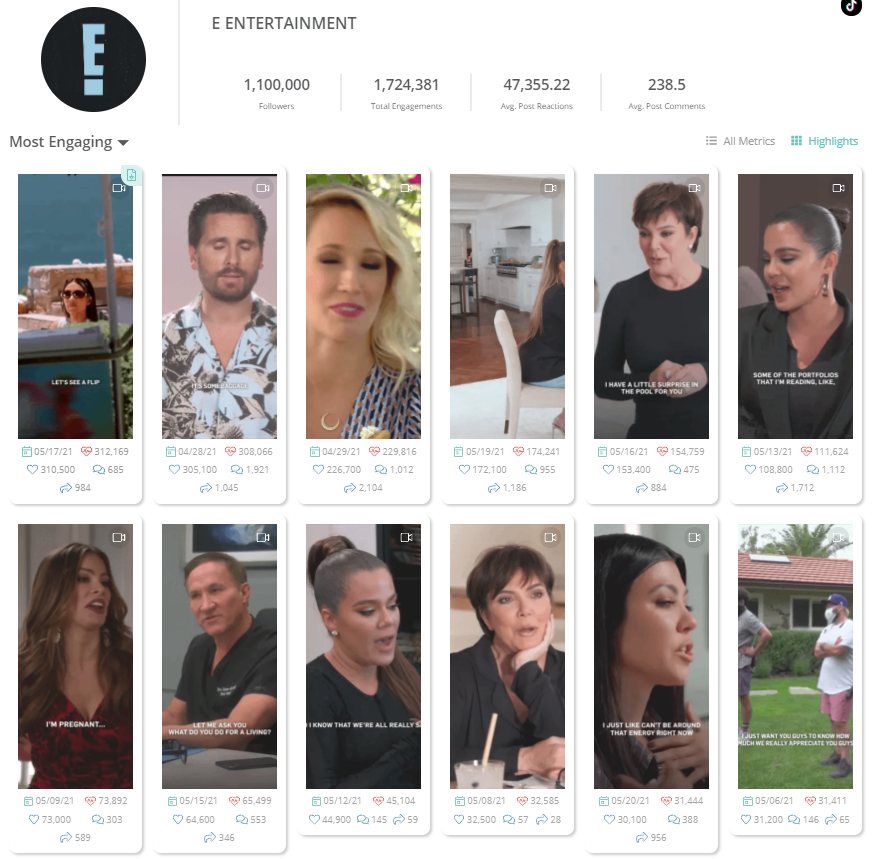
Sharelov lets you easily monitor competitors on Instagram and TikTok with its user-friendly competitor monitoring tool that displays all the latest posts and metrics from any account.
#4 – Market Across Multiple Social Media Platforms
Using more than one social media platform to market your NFT projects will help you reach more people and build better brand awareness.
In addition to Twitter, check out NFT communities on Instagram, Facebook, TikTok, and Twitter, and consider how you might market on each platform.
For example, Instagram Stories are an excellent way to introduce people to your collections.
Short-form video content, such as TikTok and Instagram Reels, can help you tell stories about your projects or educate consumers about NFTs.
#5 – Tell Stories
Good storytelling can bring NFTs to life and help your projects stand out from the competition.
You can tell stories about the creator or how the piece was developed, or even create a fictional story about your collectible or character.
For example, cryptokitties Instagram posts often include quotes from the kitties characters, such as “Howdy partner, I’m Abby and – don’t give me that look!”
Cryptokities takes storytelling to the next level by encouraging potential customers to “adopt,” rather than purchase, its NFTs.
For example, entreprenuer Brian Wong shared a post on LinkedIn that led to a blog article in which one artist, RADII, talks about his unconventional works.

Storytelling can add personality to your posts and help you stand out from your competitors — and is an excellent way to connect with potential followers.
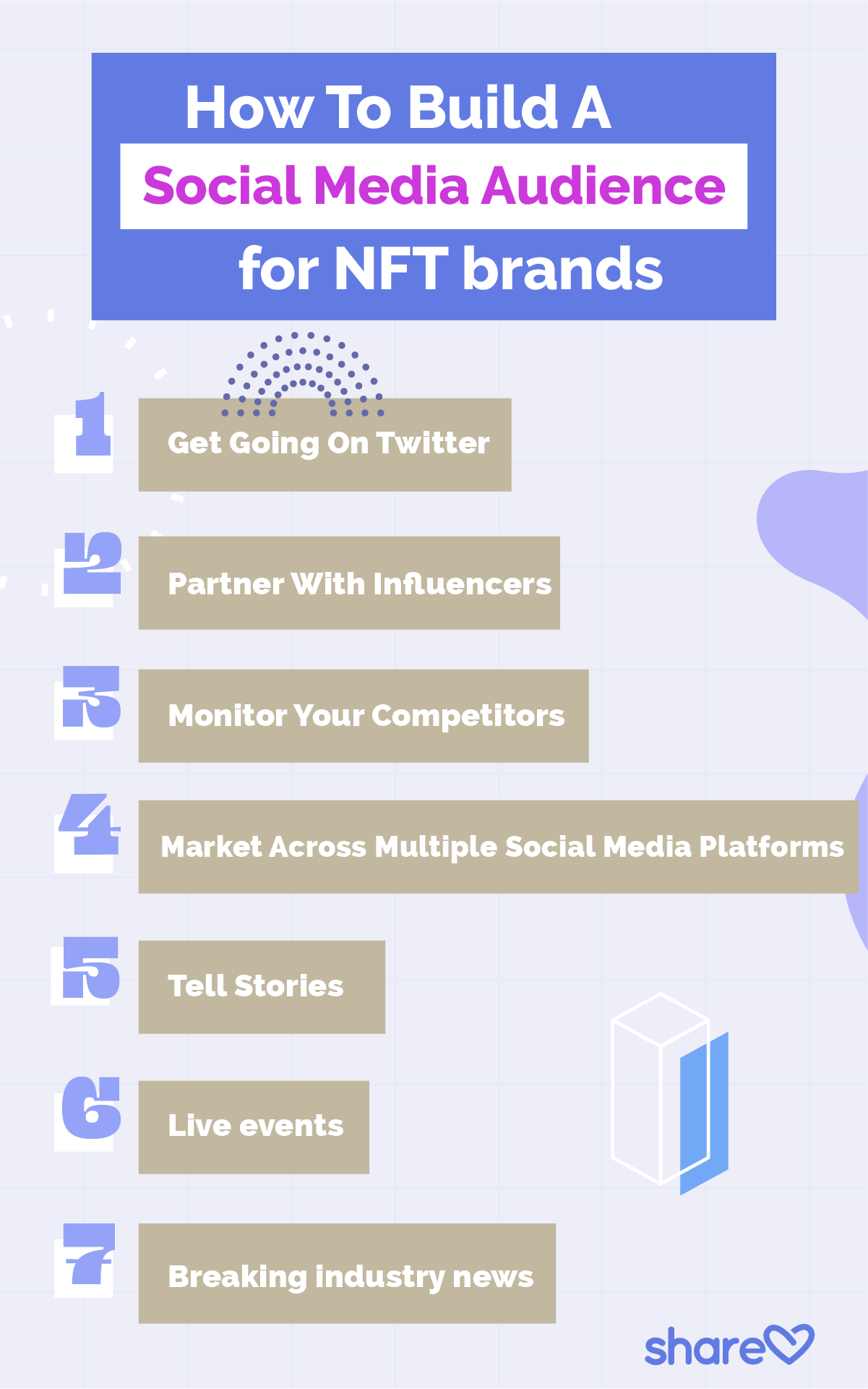
Engage Your Social Media Audience
Building a massive audience with tens of thousands of followers is useless if you don’t keep them engaged with your content.
Otherwise, they may never see your posts in their feeds or remember your name.
Below are some tips to help keep your social media audience engaged with your NFT brand.
#6 – Hold Contests And Giveaways
Running contests and giveaways is an excellent way to keep your audience engaged, and it’s easy to do with NFTs!
Many marketers promote special NFTs as prizes in giveaways that require participation in exchange for an entry.
For example, the Chill Ape Club ran a promotion that offered $100K plus a rare NFT as prizes. To gain entry into the drawing, participants need to follow the brand, like and retweet its post, join its discord group, and tag a friend.
@sophiaKellernft offers an NFT from @slobbercrew as a giveaway for people willing to follow, retweet, tag, and join.
#7 – Create Viral Content For TikTok
Tiktok is a rapidly-growing social media platform, yet many brands aren’t actively promoting on the platform.
This presents an opportunity for marketers to skip a lot of the competition you encounter on other platforms and build an overnight audience with viral content.
You can learn how to create viral TikTok content, and check out many examples, tips, and ideas for your own project in this article: 95 Tips To Help Your Brand Go Viral On TikTok.
#8 – Respond To All Social Media Comments
When followers ask questions or post comments on your social media content, it provides you with an opportunity to form a human connection — even if their comments are negative!
Nowhere is engagement more important than on Instagram. Instagrammers look forward to, and expect, replies from brands.
Keeping up with hundreds or even thousands of comments can be difficult, but social media software, such as Sharelov, can help you track, organize, and reply to comments more easily.
With Sharelov’s community manager, you can reply to Instagram comments directly from within your Sharelov dashboard.
If you’re baffled about how to handle negativity or wondering how to reply to so many comments, check out these 18 Tips To Effectively Manage Comments On Instagram, which will help you form replies on any social platform.
#9 – Use Analytics To Guide Your Content Strategy
By closely following your social media metrics and insights, you can discover what sparks conversation among your audience.
For example, you might review your metrics to find out what time of day you’re most likely to get engagement from your audience. Then you can schedule future posts at the best time, for even more engagement.
On platforms such as Instagram, Facebook, and YouTube, posting times can have a giant impact on whether your content gets engagement.
Your social media metrics also give you clues on what post formats, media formats, and caption texts prompt the highest engagement rates from your audience.
By using social media analytics to tailor content to your audience, you can build a reliable path to higher engagement rates on nearly any platform.
You can earn more about how to use social media analytics to your advantage in the following articles:
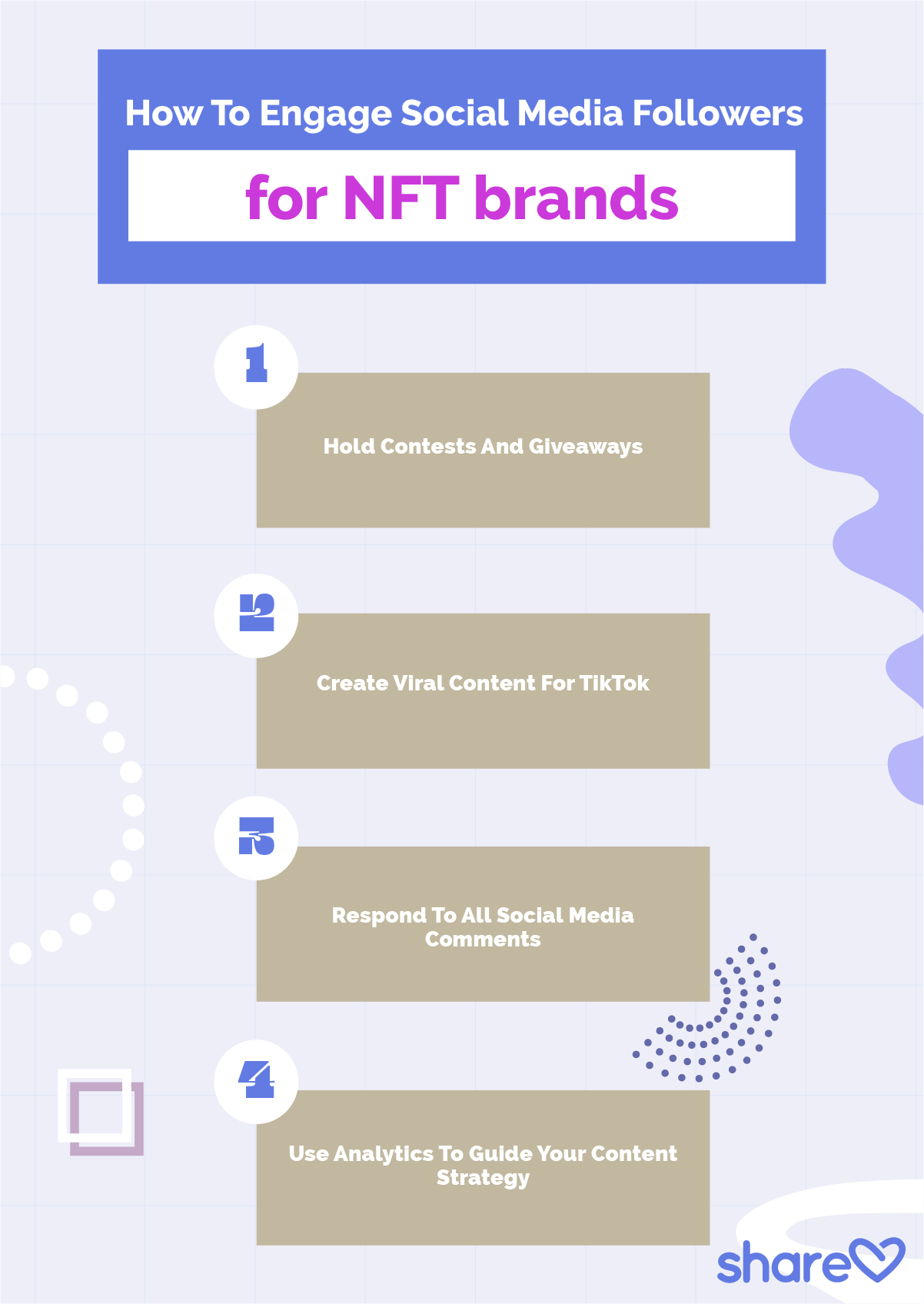
Convert Your Social Media Audience
Like any industry, NFT companies need to build trust with their audience if they hope to convert followers to email subscribers or paying customers.
To build trust with potential NFT customers, follow these tips.
#10 – Provide Social Proof
Post positive press, comments, and communications about your NFTs.
Positive feedback is “social proof” that helps prompt people to purchase from you. Social proof builds trust with potential customers and helps to establish your reputation as a legitimate seller.
#11 – Share Your Creative Process
Posting images and videos of select NFT creations helps authentic ownership in an industry where scammers sometimes try to sell products that aren’t their own.
Sharing your creative process, through images, videos, or storytelling, boosts your entire marketing cycle, including awareness, engagement, and conversions.
#12 – Include Action-Oriented CTAs
Include links and CTAs (calls-to-action) in all your content. Let your viewers know where and how to buy your products so they can hit the purchase button when their interest is at its highest.
#13 – Livestream Special Events And New Releases
Use livestream broadcasts to promote special events surrounding your collections, such as new releases, creator interviews, roundtable discussions, or auctions.
#14 – Promote New And Upcoming Releases
If you tease an upcoming release with clips of the creative process or hints about what’s coming up, you’ll set your brand up for success on release day.
When your product is released, let your followers know immediately with a mix of social media content, including posts and videos across multiple platforms.
Building up to release day with promotional teasers and advertising helps boost your sales conversions for new product launches.
#15 Consider Hiring An NFT Marketing Agency
If your NFTmarketing isn’t gaining traction as quickly as you’d like, consider hiring a speciality agency.
NFT marketing agencies know their way around the niche audience and can help you develop the relationships, opportunities, and content you need to make your projects successful.
For example, Andrew Amarosa, Chief Strategy Officer at Pastel Network, explains how Crowdcreate Agency helped his company…
“They’ve taken the burden and saved me so much time” in researching and finding the right platforms, putting together outreach pitches, and communications.” – Andrew Amarosa, Pastel Network
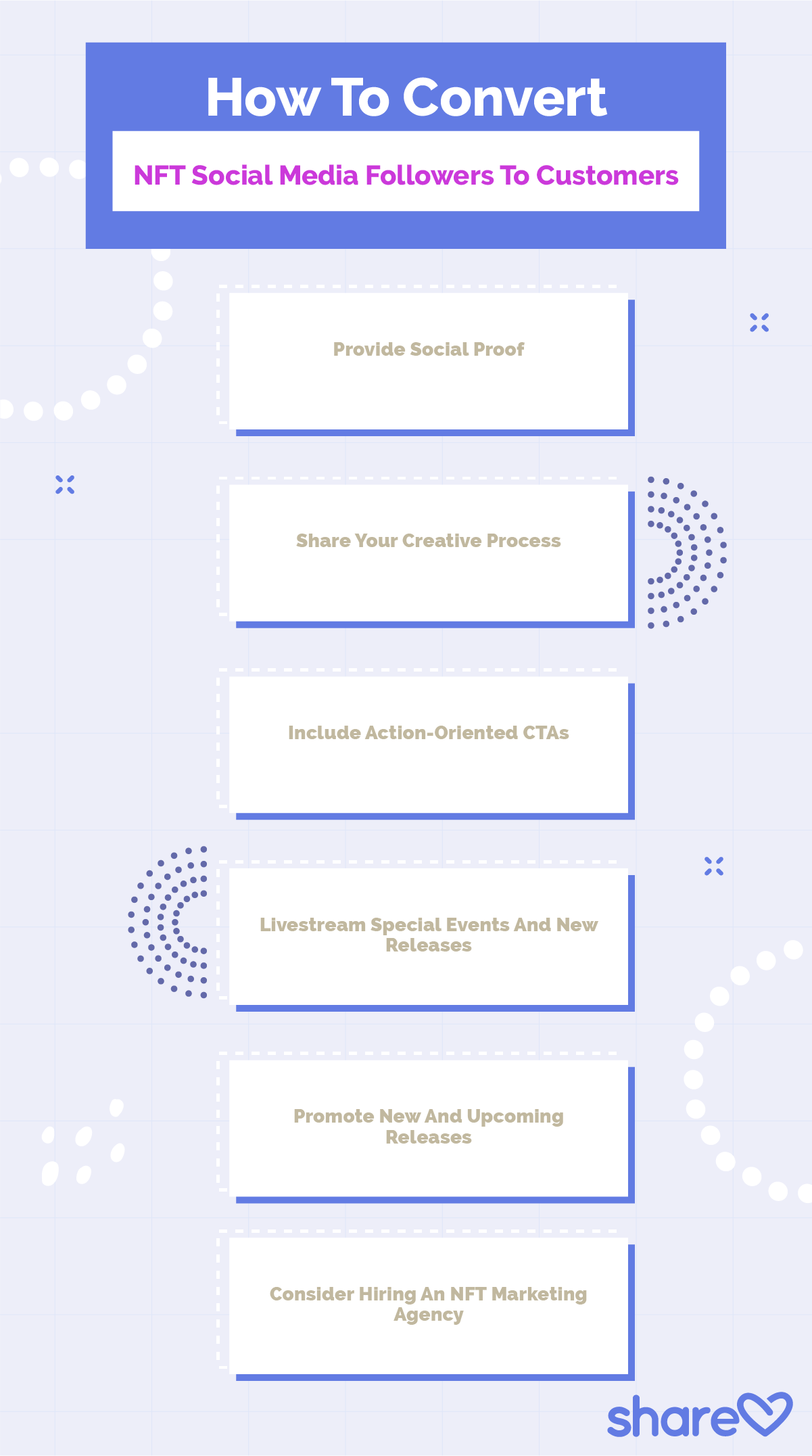
How Brands Can Use NFTs To Boost Brand Awareness And Engagement
NFT marketing isn’t just for NFT creators and collectors.
Many brands use NFT promotions to generate buzz around their tangible products.
For example, Taco Bell sold five taco-themed NFTs collections containing 5 pieces each at $1.79 each — the same price as an edible crunchy taco.
Buyers lucky enough to purchase a Taco Bell NFT collection before they sold out also received one year of free Taco Bell.
After selling out, the resale value of NFTacos shot up to $200,000 for the Live Mas Scholarship, and buyers of the under $2 NFTs earned tens of thousands of dollars reselling them.
Jumping quickly onto the NFT bandwagon put Taco Bell in the headlines of news stories and stations across the U.S, and paved the way for other brands to include NFTs in marketing strategy.
How does a piece of $2 digital art benefit a brand?
After the sale of Taco Bell NFTs, and combined with mainstream organizations such as the NBA creating NFT trading cards, mainstream customers are beginning to take notice of the digital collectibles.
As NFT popularity grows, brands can consider using branded artwork, music, or photography as prizes and giveaways, to generate attention and drive customers to sites and stores.
Marketing NFTs On Social Media
NFT sellers should pursue brand-building on social media like any other company, but with a few extra steps.
Like any other brand, marketers will need to:
- Build brand awareness and grow a following.
- Engage followers with irresistible content.
- Convert followers to paying customers with trust-building content and action-oriented CTAs.
Standard marketing isn’t enough to reach and convert the NFT crowd, though. In addition to the standard social media marketing practices, NFT sellers should also:
– Build relationships with people in the highly-active NFT community.
– Educate consumers on what NFTs are, and on the benefits of owning them.
– Work closely with their teams to develop and market their products.
If you’re a brand that wants to use NFTs to boost awareness and engagement on social media, consider using them as:
- Giveaway contest prizes
- Free NFT-with-purchase promotions
- Branded artwork or other digital collectible for sale
There are many ways to market your NFTs on social media, but if you want to keep up with the latest trends and new ideas, be sure to join NFT communities across social media (especially Twitter) and in well-known groups and forums.

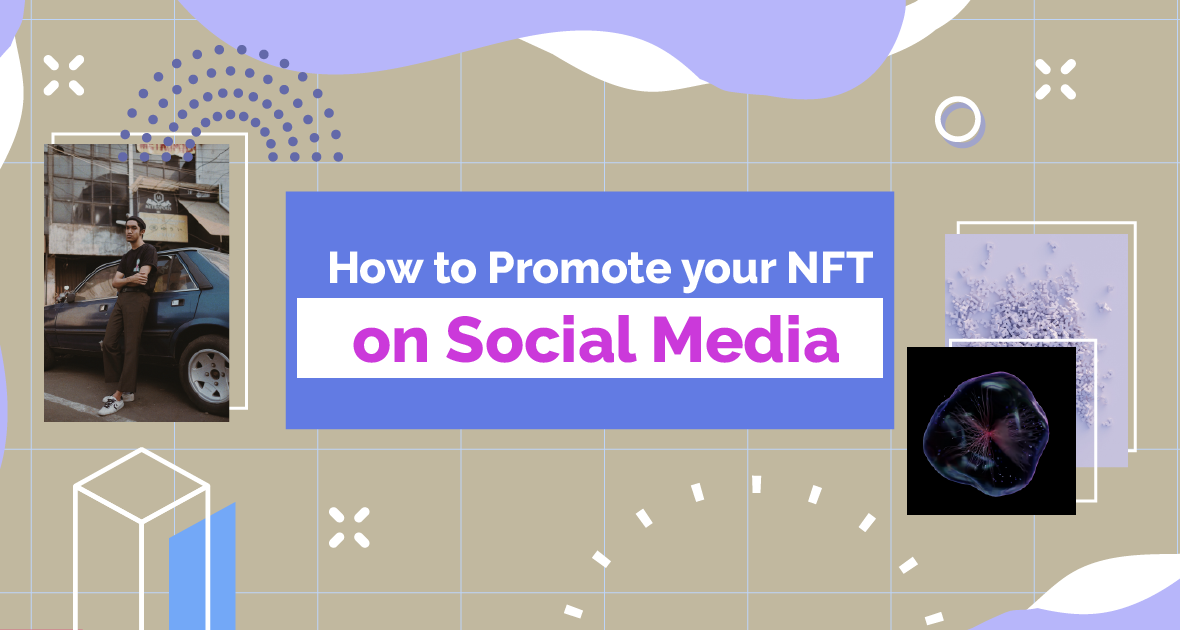

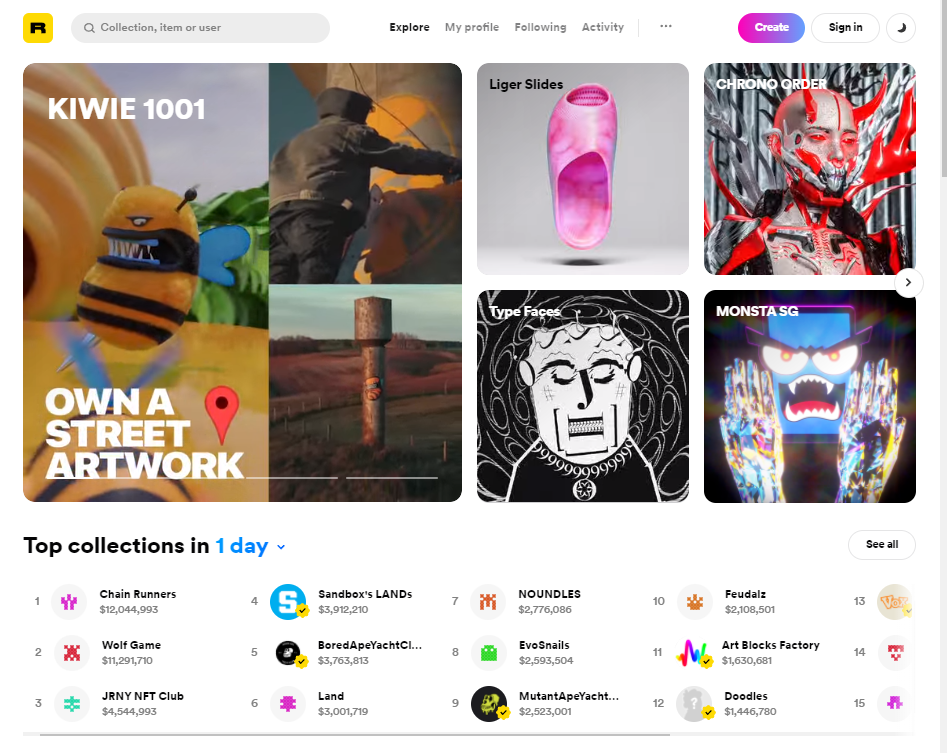
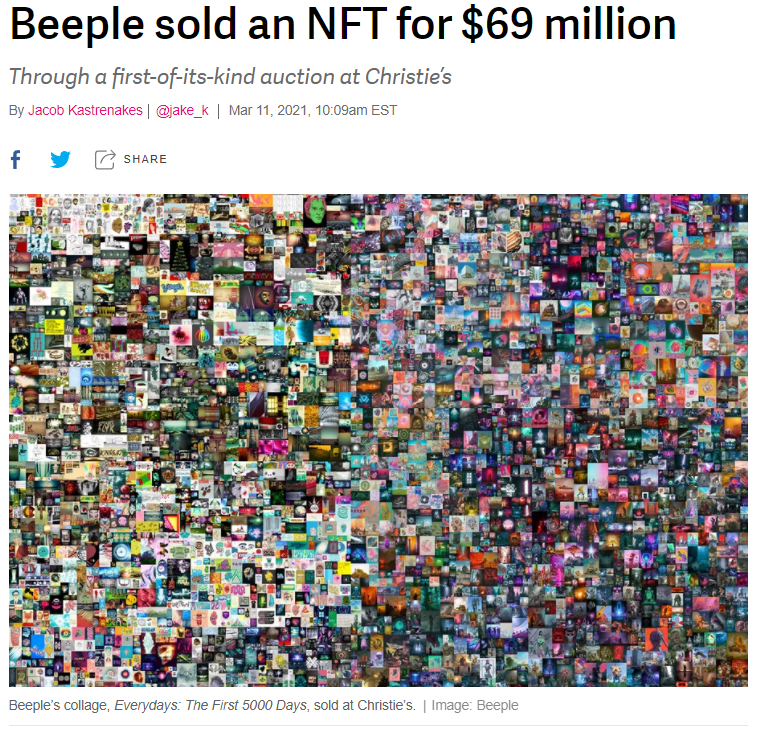

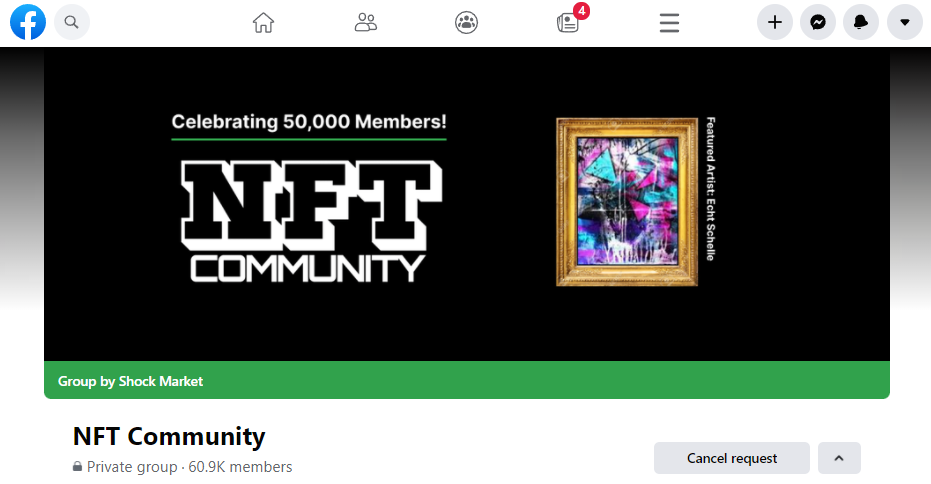
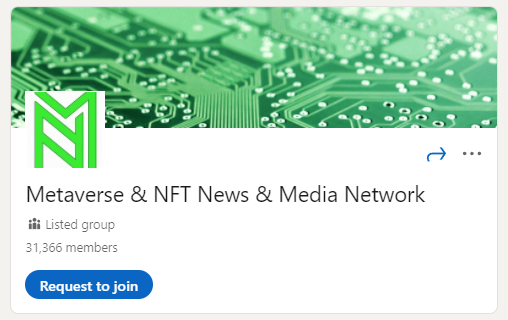
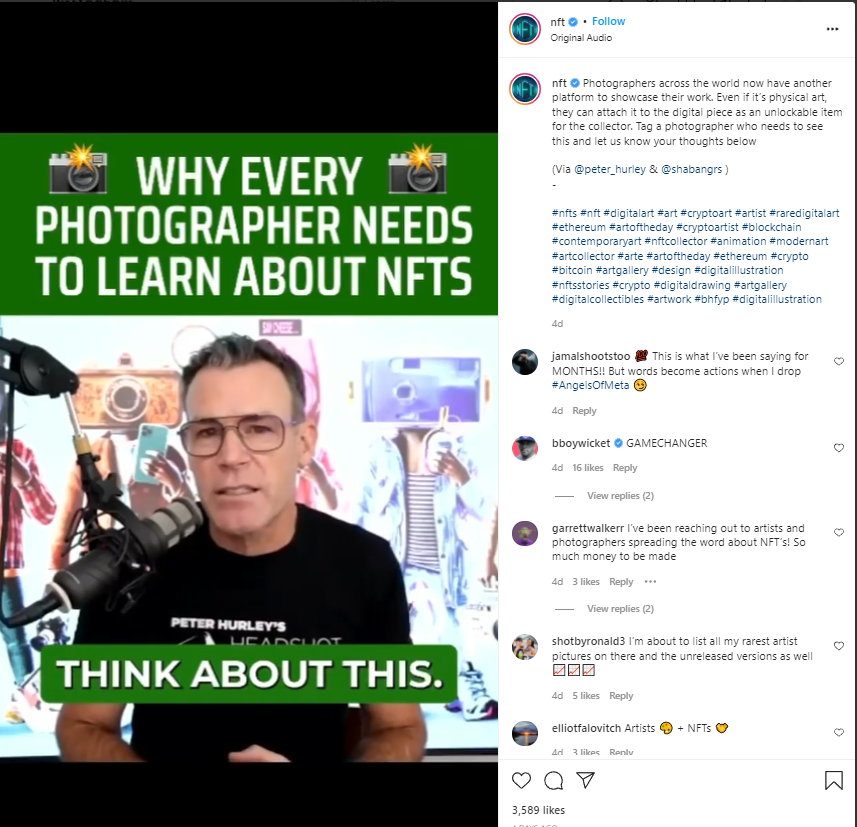
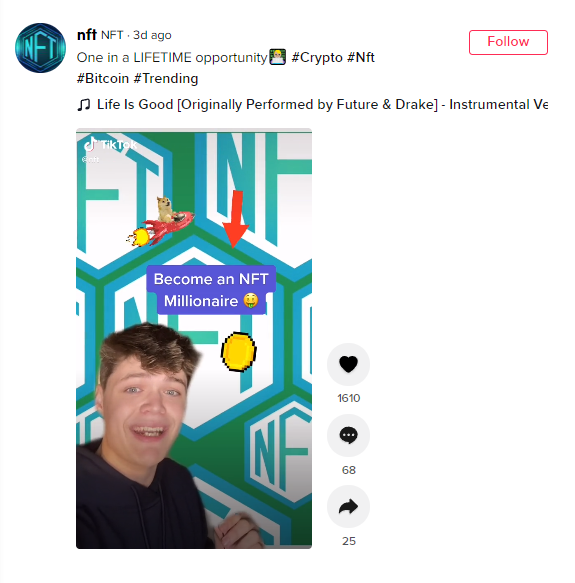


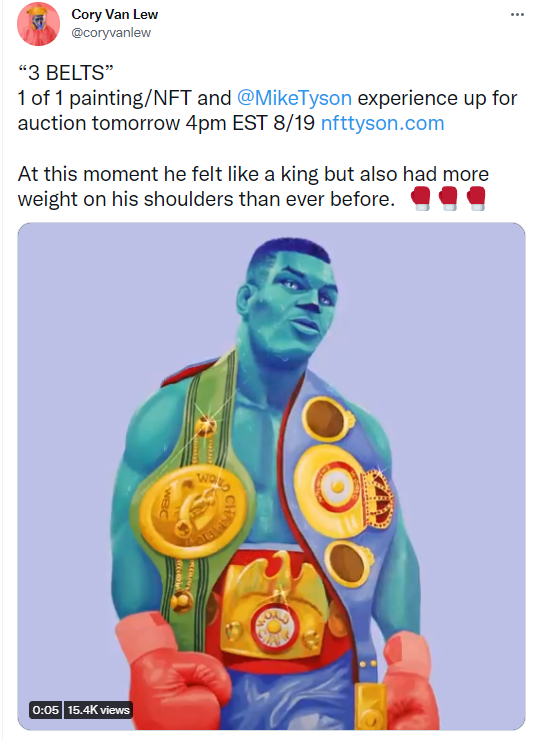

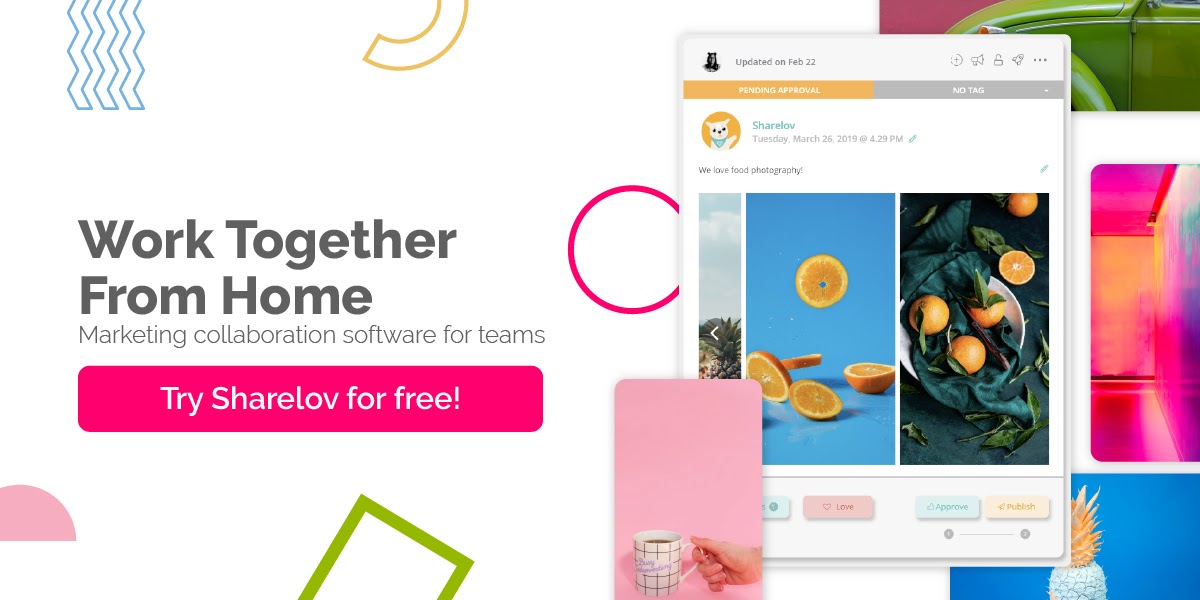
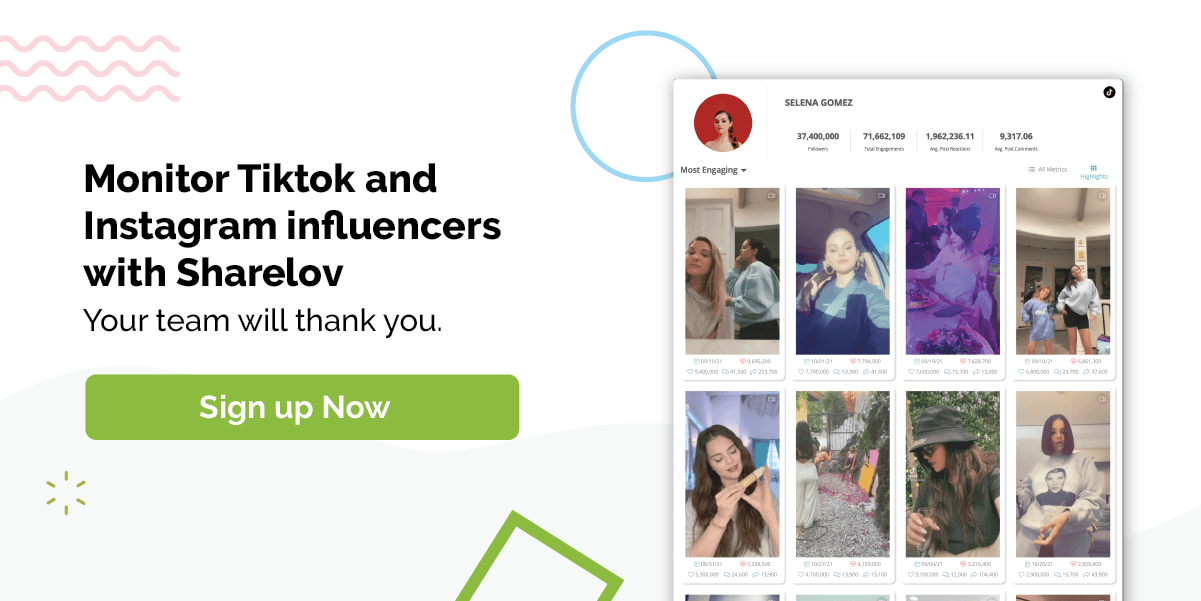
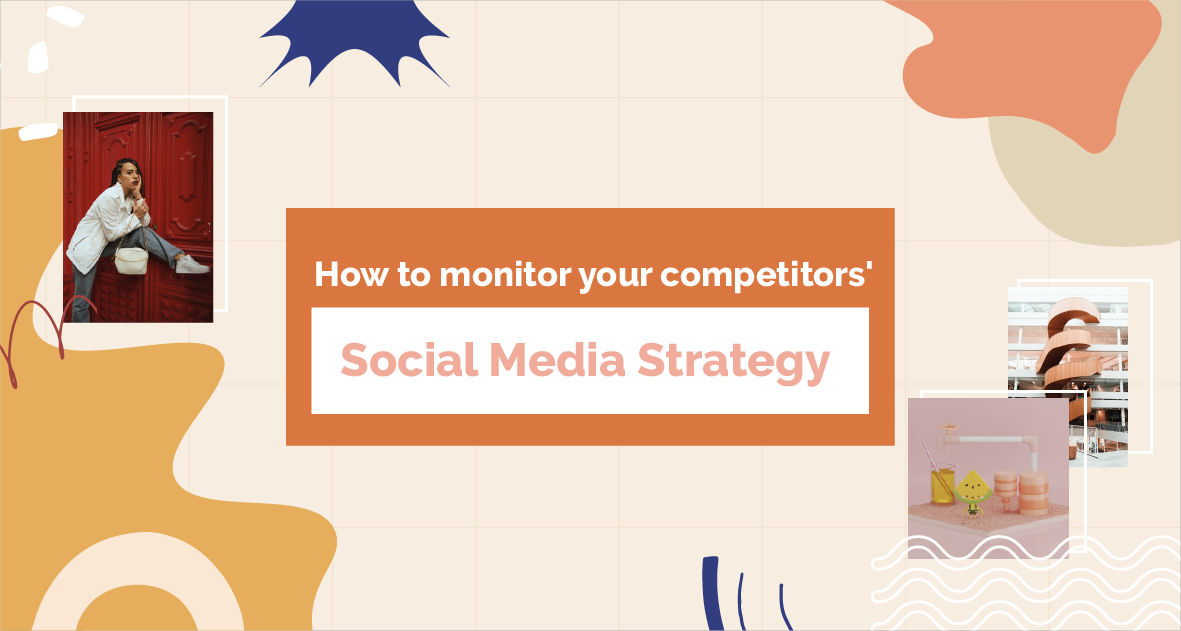
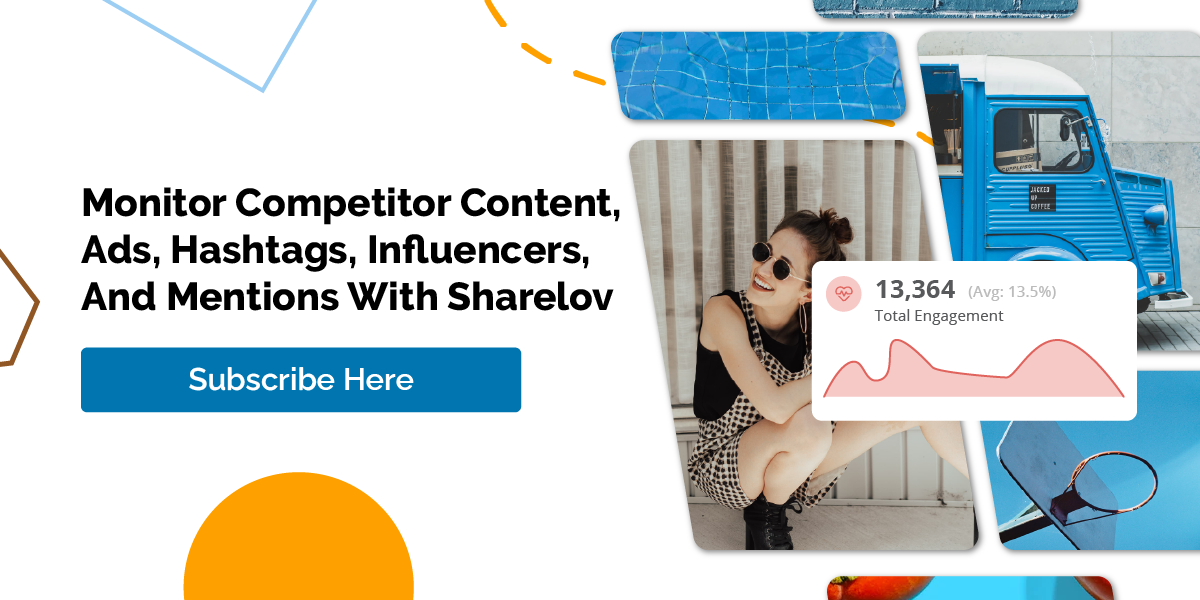
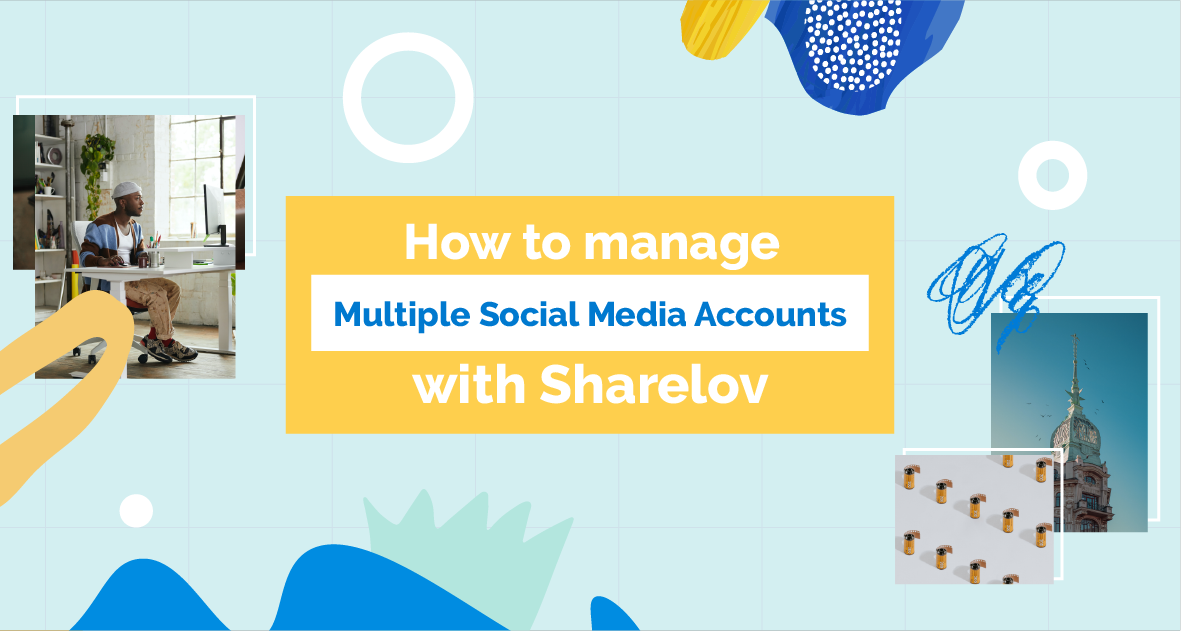
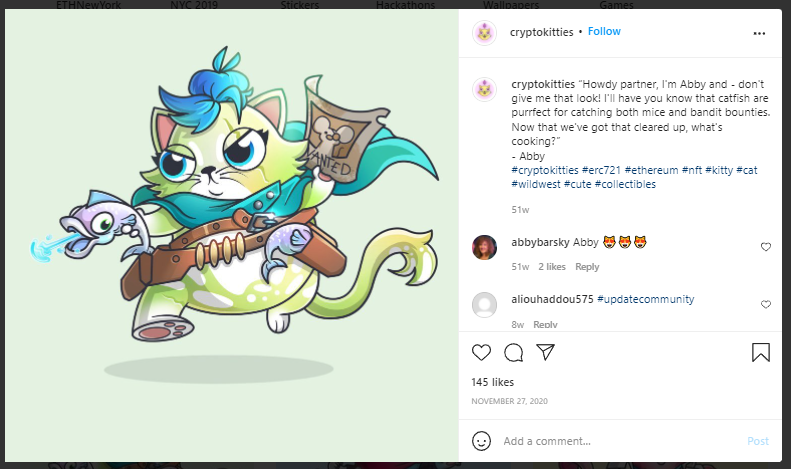
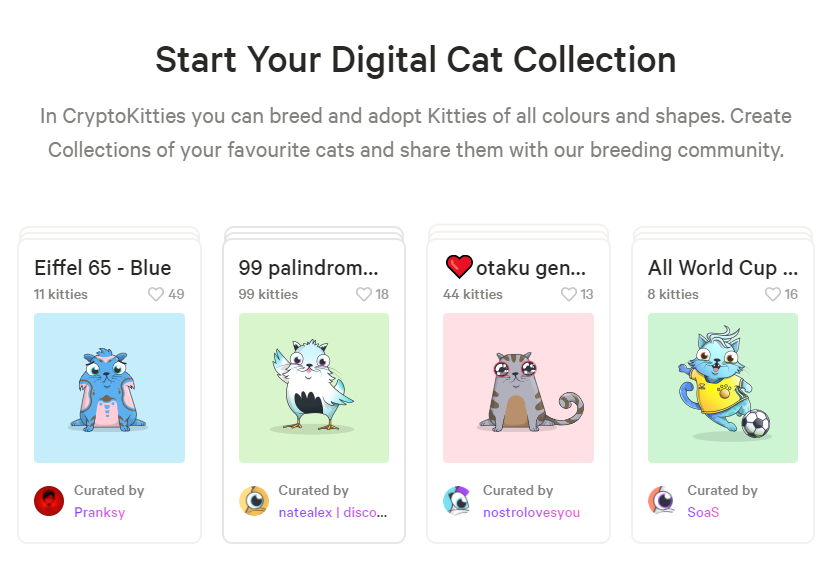
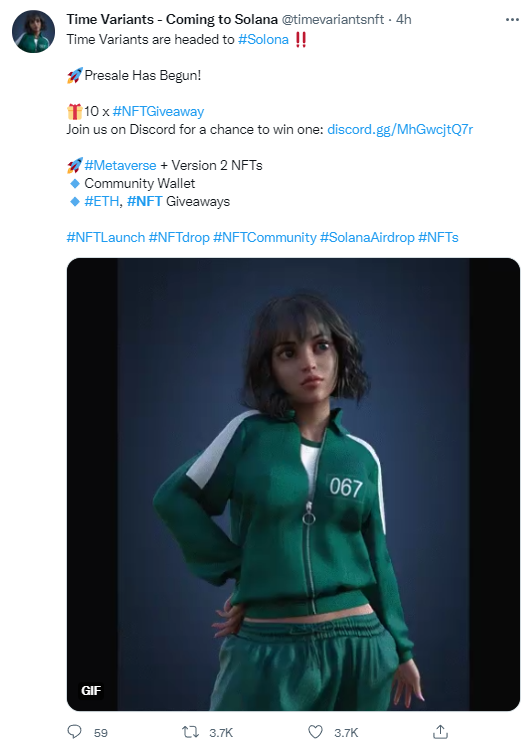

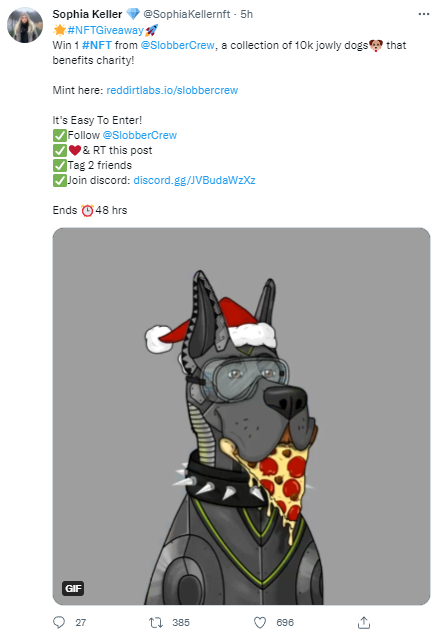
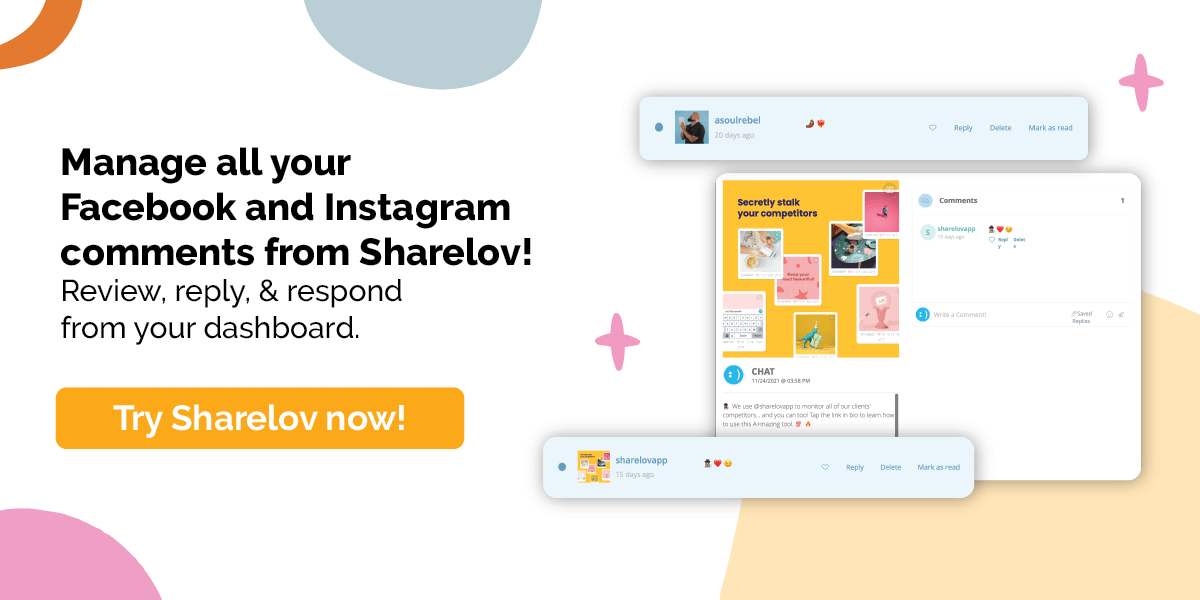
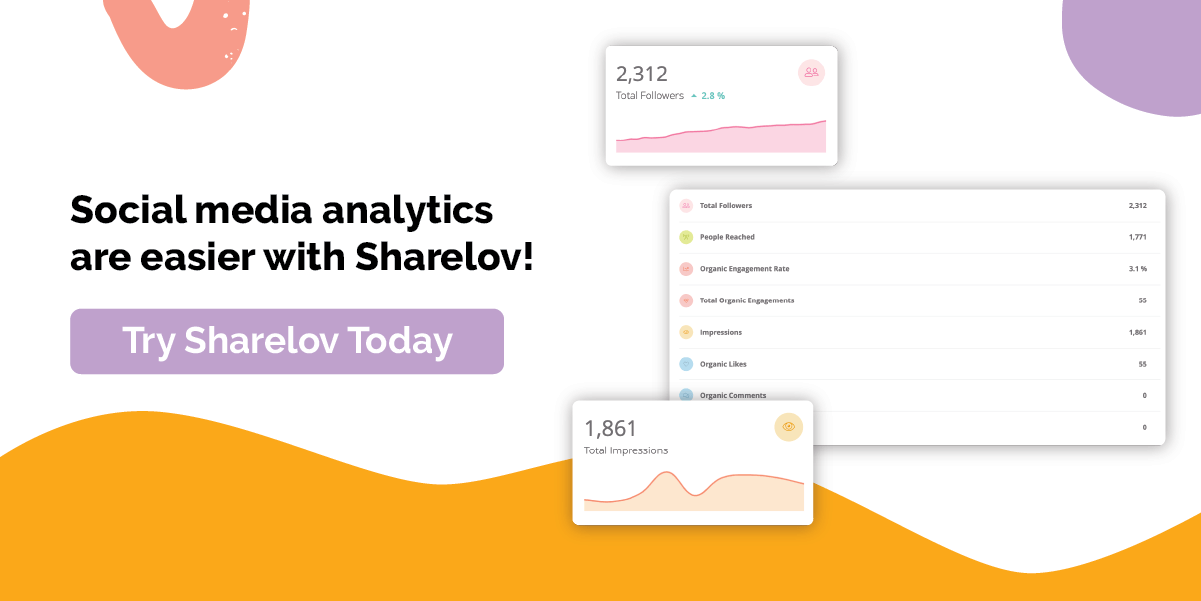
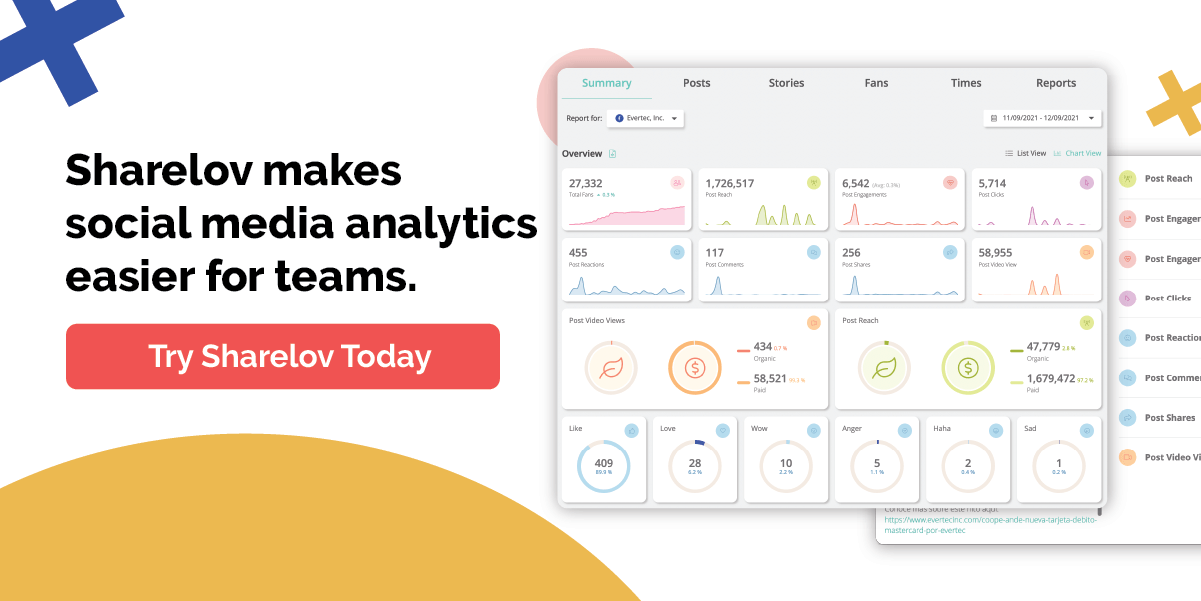

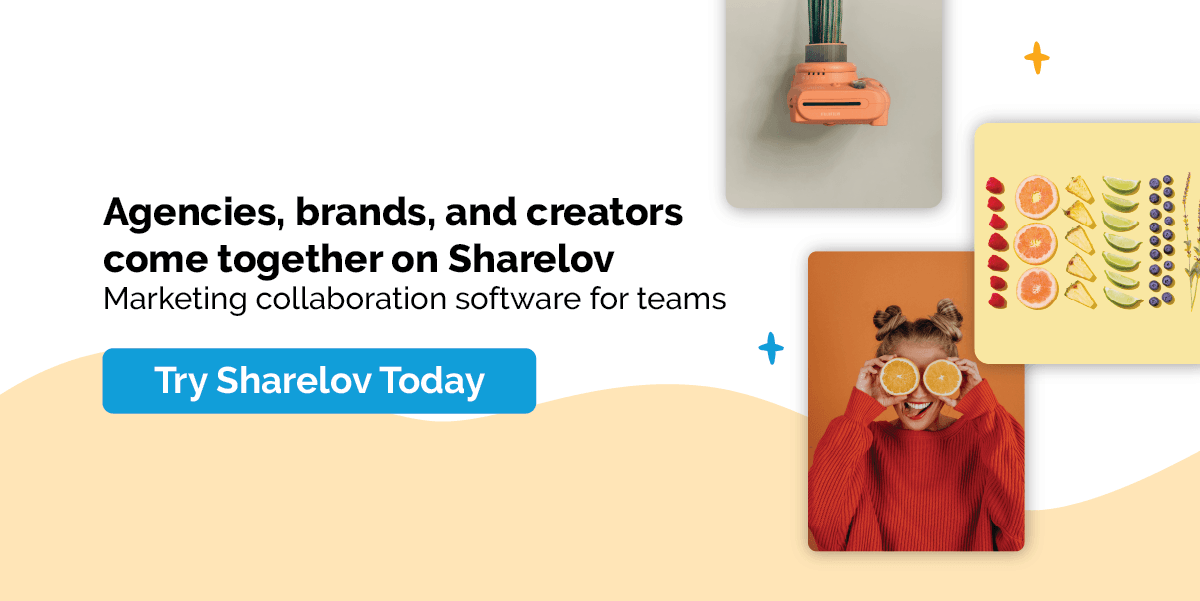
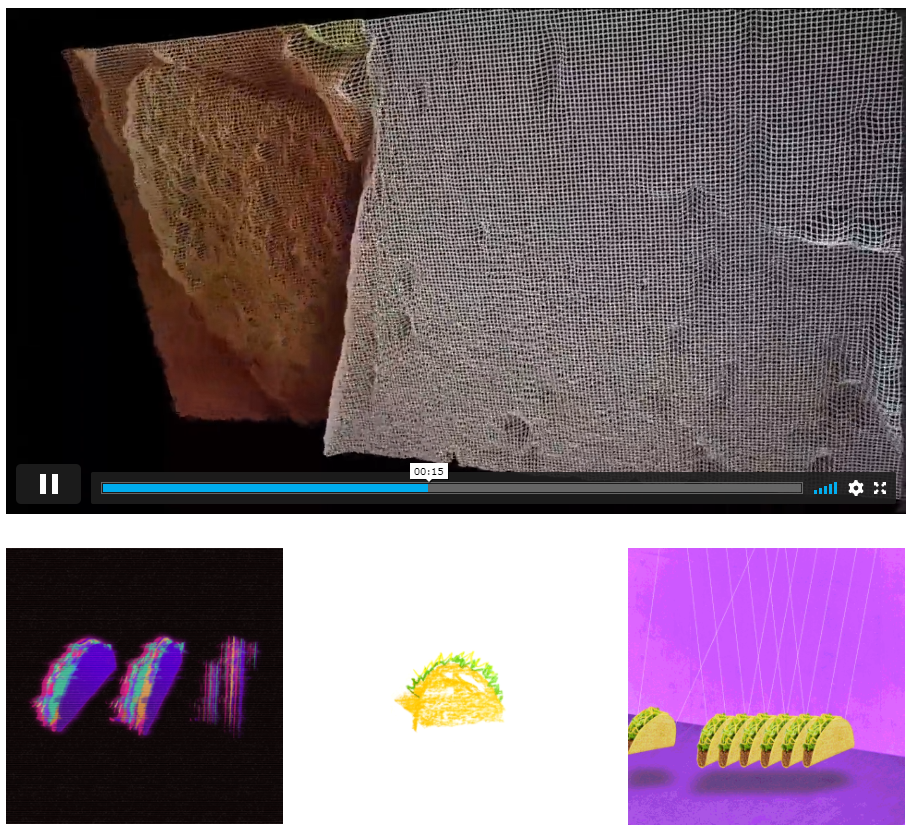
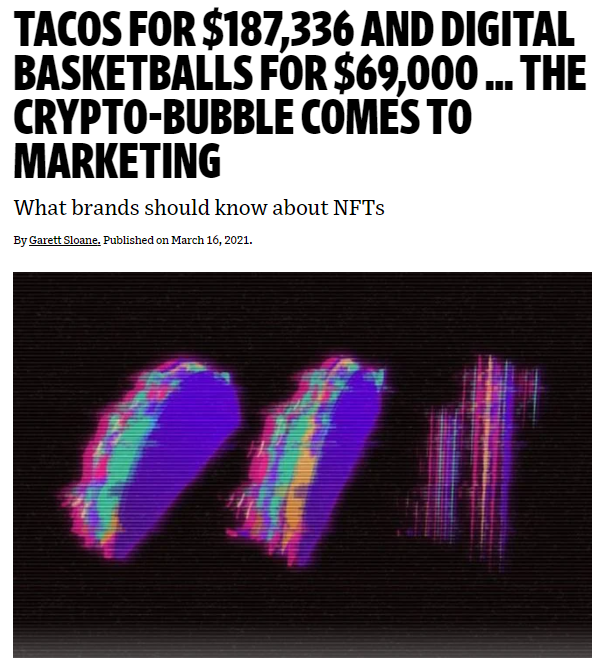
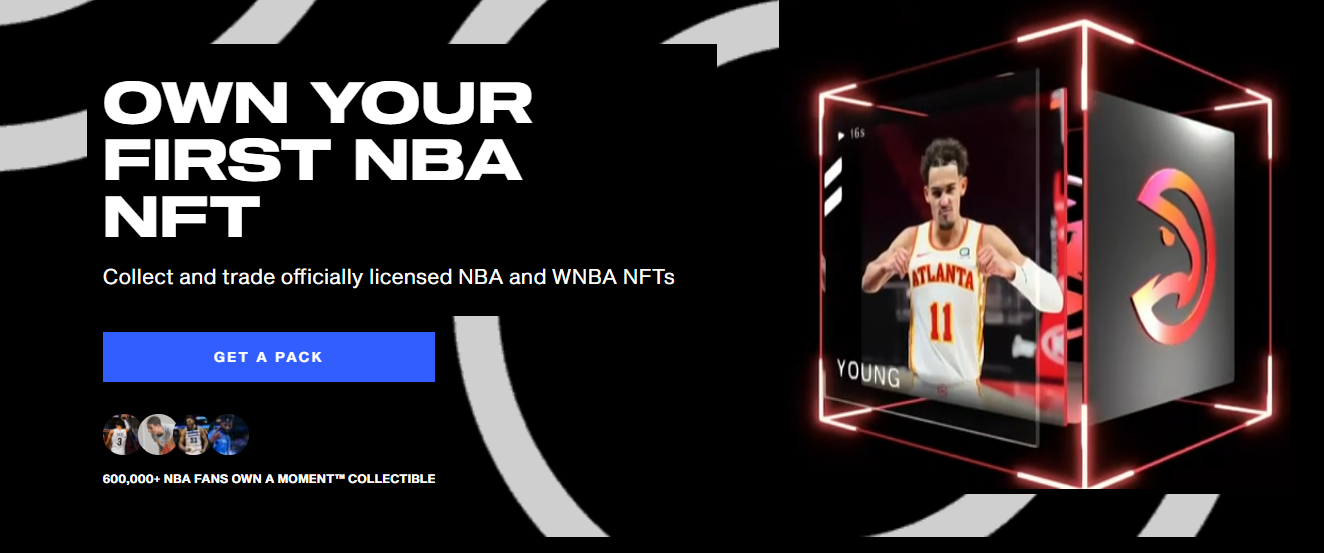
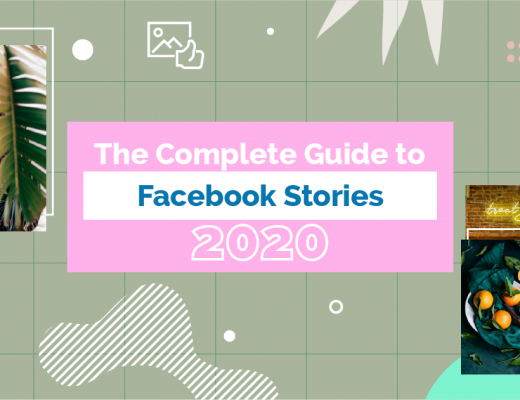
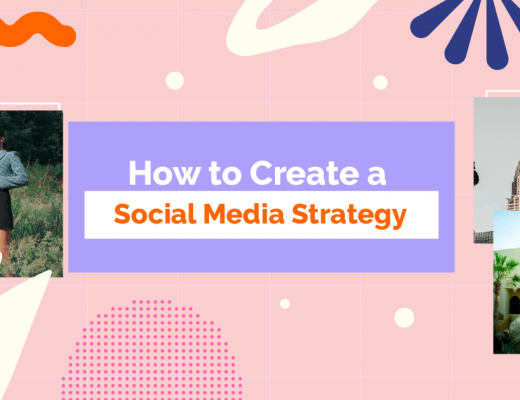
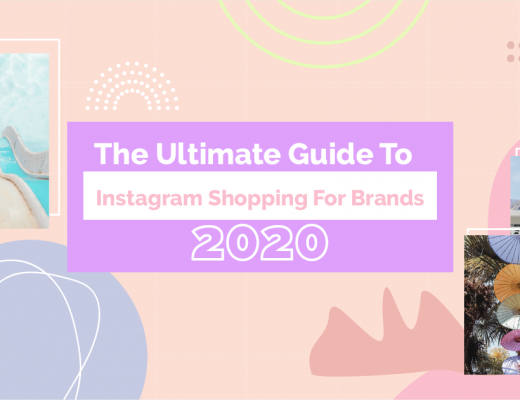
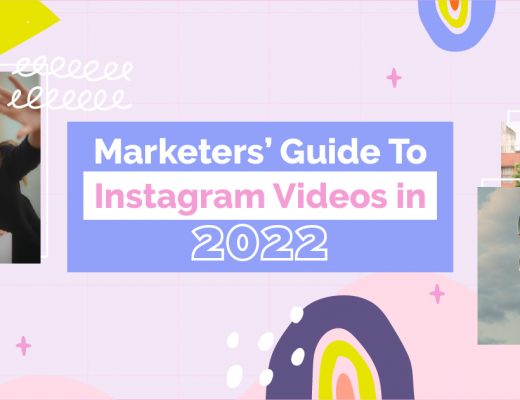
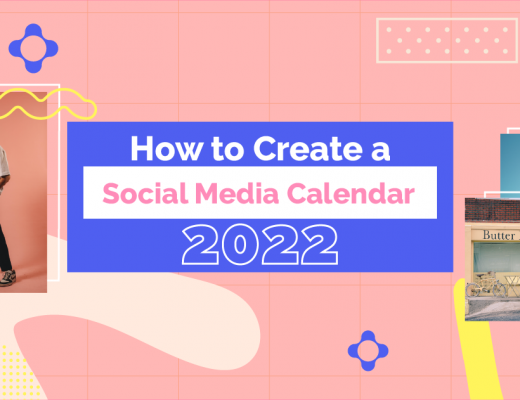
Nice post! Thanks for sharing about NFT marketing on social media.